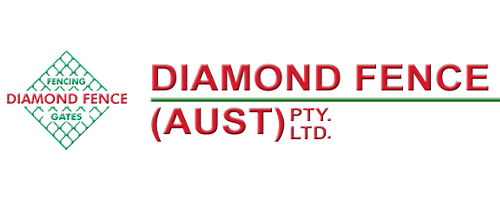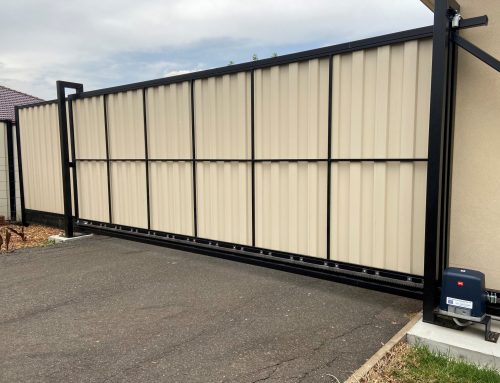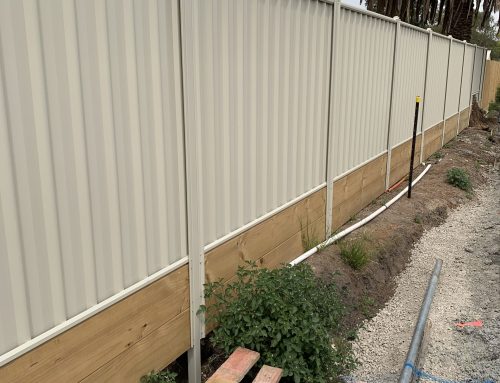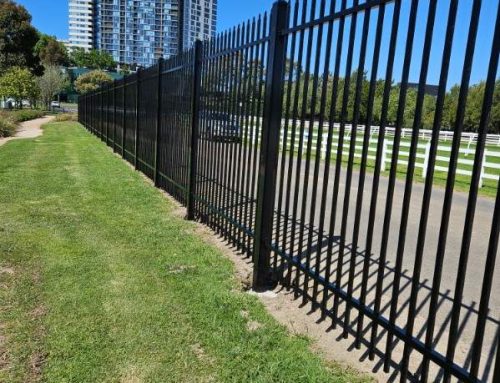Cracked Steel Fence Is Not The Best Fence
How to make sure that your steel fence is protected from environmental cracking? If that’s a question you’ve been looking answer to then look no further as today’s blog post will make sure that after taking some time and reading it you’ll know what steel fence environmental cracking is and what is the solution for it.
Let’s start with the first Q&A. What is environmental cracking? Environmental cracking is a brittle fracture of a normally ductile material due to the corrosive effect of the environment.
Environmental cracking can be some of the below:
- Corrosion fatigue
- High-temperature hydrogen attack
- Hydrogen blistering
- Hydrogen embrittlement
- Liquid metal embrittlement
- Season cracking
- Caustic embrittlement
- Stress-corrosion cracking
- Stepwise cracking
- Sulfide corrosion cracking
- Sulfide stress cracking
We will not take discuss all of the above, but will pay attention to the ones that can cause environmental cracking to your steel fence.
1. Stress-corrosion cracking. This type of cracking is induced from the combined influence of tensile stress and corrosive environment.
Stress caused to your steel fence might be intentional, or residual like shearing, punching, cutting, bending, welding, grinding or machining. Or produced by vibration, rotation, bolting, dead load or some kind of pressure. The build-up of corrosion products in confined spaces can also generate significant stresses and should not be overlooked.
2. Corrosion fatigue. This occurs as the result of an alternating or cycling stresses and a corrosive environment. If your steel fence is exposed to corrosive environment then corrosion fatigue and environmental cracking might take place at a lower loads and pressure and a shorter time. Meaning that environmental cracking and failure of your steel fence to serve as new in a corrosive environment compared to the situation where your steel fence is in a non-corrosive environment is much quicker to occur.
Once your steel fence has some cracking due to corrosion fatigue, the corrosive environment it is in can cause a faster crack growth. Of course no metal is immune from some reduction of its resistance to cyclic stressing if the metal is in a corrosive environment.
CYCLYC STRESS – A repetitive occurrence and redistribution of forces acting on a material.
How to control corrosion fatigue?
1. Minimizing or eliminating cyclic stresses
3. Avoid fluttering and vibration-producing or vibration-transmitting design
4. Limit corrosion factor in the corrosion-fatigue process (more resistant material / less corrosive environment).
So if your fence is in a corrosive environment and has to put up with one or more cyclic stresses then most likely your metal fence will suffer environmental cracking. In that case you need either to reduce the stress or the corrosion. If not possible then you should install metal fence that is made out of more corrosive resistant material. Diamond Fence offers several of them. Galvanized or PVC coated chain wire is one way to go. Also powder coated steel as powder coating helps the steel to fight the corrosion more effectively for a longer period of time.
When it comes to steel fencing and prevention of environmental cracking you should remember two main points:
- Control of stress level (residual or intentional)
- Use of materials known not to crack in the specified environment
If cracking caused by the environment has gotten to your steel fence and it’s time to get a new one, then Diamond Fence can provide you with steel fencing solutions that are suitable for corrosive environments making sure that second time around your steel fence will stand longer and be stronger. So give us a call on (03) 9753 4566 , shoot us an email on info@diamondfence.com.au , or just get a FREE online quote.








